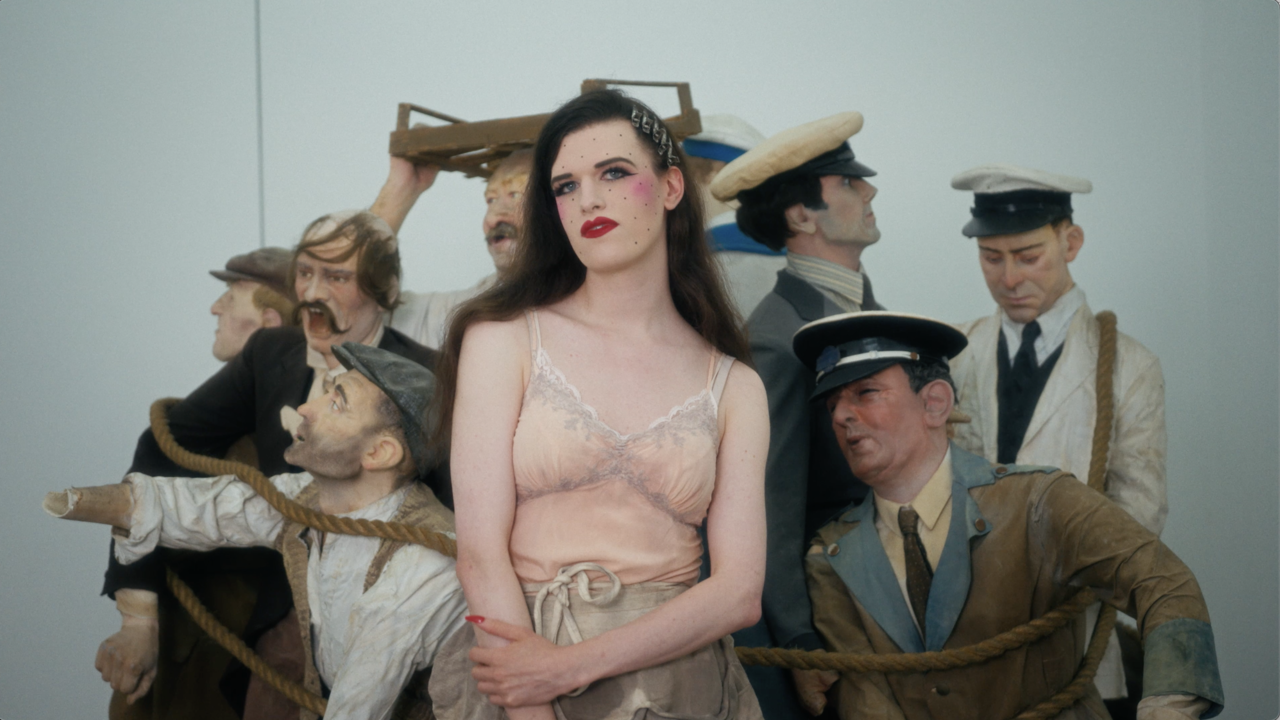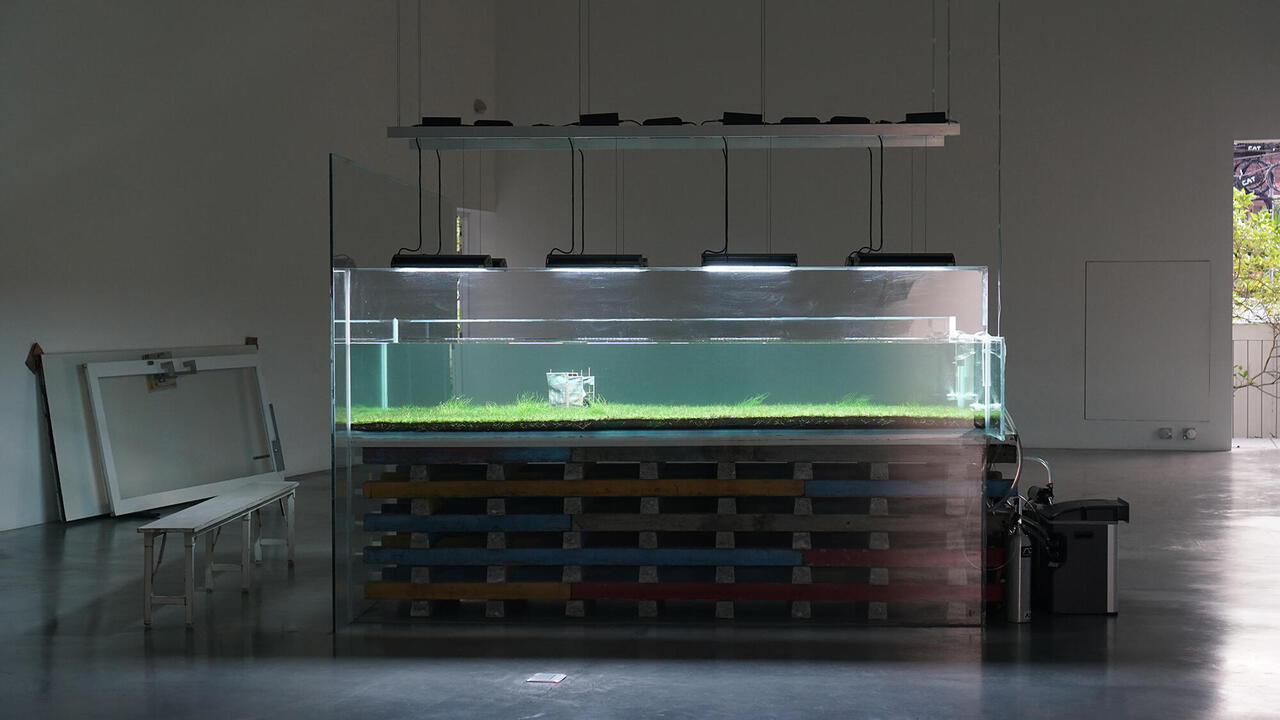In Focus: Pratchaya Phinthong
Luxury consumption and low-cost production; labour, exchange, weight and money
Luxury consumption and low-cost production; labour, exchange, weight and money

In the wake of the economic crisis and cuts to public funding, the art world is increasingly polarized between high-profile luxury consumption and low-cost intellectual production. This divergence has made the distressed relationship between art works and art jobs the focus of critical scrutiny.
In a recent group show at Kunsthalle Basel entitled ‘How to Work’ – a title tellingly changed at the request of participating artist Adriana Lara into ‘How to Work (More) for Less’ during the second phase of the exhibition – Thai artist Pratchaya Phinthong contributed a timely commentary on Fischli/Weiss’s How to Work Better (1991). In 1990, the Swiss duo had come across a list of ten ‘commandments’ in both English and Thai, hung on the wall of a pottery workshop in Thailand (starting with ‘1: Do one thing at a time’ and ending with ‘10: Smile’). They then reproduced the English version on the façade of an office building in Zurich. In Basel, Phinthong installed a sheet of one-way glass in the door that usually shields the Kunsthalle’s library from view from the gallery space; through the glass, visitors could peep at the original photo of the list taken by the Swiss duo. The installation was a visual reminder that what usually remains invisible in these kinds of transfers is not only the original language version, but also who produces many of the things we consume, contemporary art included.

Another work by Phinthong on show in Basel, An Average Thai Berry Picker’s Income (2010) 2,513 Swedish krona (about £240), framed and presented in an orderly grid of notes and coins – is part of the project ‘give more than you take’, developed by the artist during 2010 and 2011 at the Centre d’art contemporain in Brétigny and the Galleria d’Arte Moderna e Contemporanea in Bergamo. Instead of participating in a residency he had been granted in Paris, Phinthong (who graduated in 2004 from Frankfurt’s Städelschule, where he studied under Tobias Rehberger) decided to travel to northern Sweden and join a group of seasonal Thai workers hired to pick berries and paid in accordance with the amount of fruit collected. He sent a daily text message to curator Pierre Bal-Blanc in Brétigny informing him of the number of kilos he had collected and asking him ‘to organize a collection of useless objects, waste, recycling or leftover items’ in the exhibition space each day to match the weight of berries he had picked. After two months, this had accumulated to 549 kilos. Phinthong was paid 8,000 Swedish krona, but after deductions for petrol and food, he was left with only 2,513 krona.
While he was away, Phinthong didn’t leave any instructions about how to install and display the objects. When the exhibition travelled to Bergamo, curator Alessandro Rabottini was afforded the same freedom as Bal-Blanc. As a result, the ‘translation’ of the work into different visual and formal currencies produced two dissimilar equivalents: in Paris the accumulation was cool, bulky and hard-edged, while in Bergamo the use of fresh earth from an area of the museum still under construction, and the transcription of the initial email exchange in handwriting along the walls, gave the piece a softer, narrative edge. Both curators were forced to draw from their own ‘aesthethic capital’ and assume the less comfortable role of artistic producers vis-à-vis their audience. Phinthong’s use of money as a conceptual tool to produce art work echoes Lawrence Weiner’s famous Declaration of Intent (1968):
1) The artist may construct the piece.
2) The piece may be fabricated.
3) The piece need not be built. Each being equal and consistent with the intent of the artist the decision as to condition rests with the receiver upon the occasion of receivership.

But Phinthong’s approach also calls attention to the wider (dare one say) existential issues involved. Another of his pieces consists of two identical copies of Scottish philosopher John Macquarrie’s book Existentialism (1976): one was partly eaten by termites, which Phinthong replicated in the other edition, down to every hole and ripped corner. Indeed, even in the art world, the labour involved sometimes can be reduced to the choice between – as the title of the work suggests – my brain or my stomach (2008).
Pratchaya Phinthong lives and works in Bangkok, Thailand. Recent solo shows include the two-part exhibition ‘give more than you take’ at the Centre d’art contemporain, Brétigny, France, in 2010, and this year at the Galleria d’Arte Moderna e Contemporanea, Bergamo, Italy; and ‘The News of the Day, the Problem of the Hours’ at the University Gallery, Bangkok, Thailand. He will have an exhibition next year at gb agency, Paris, France.






















